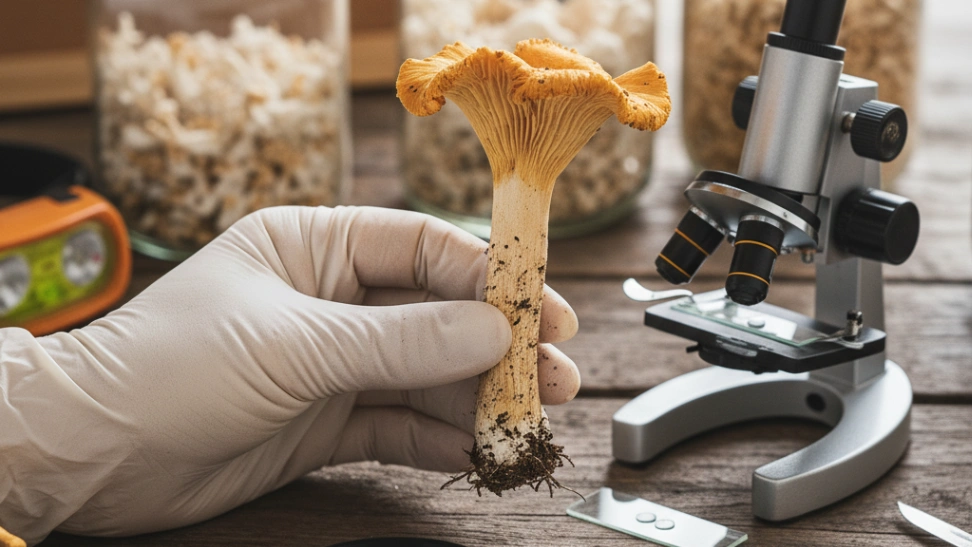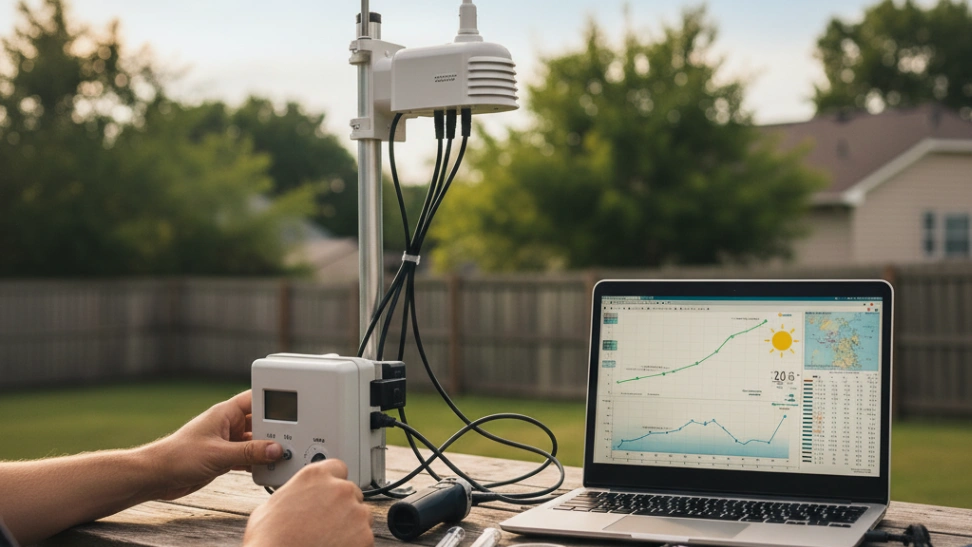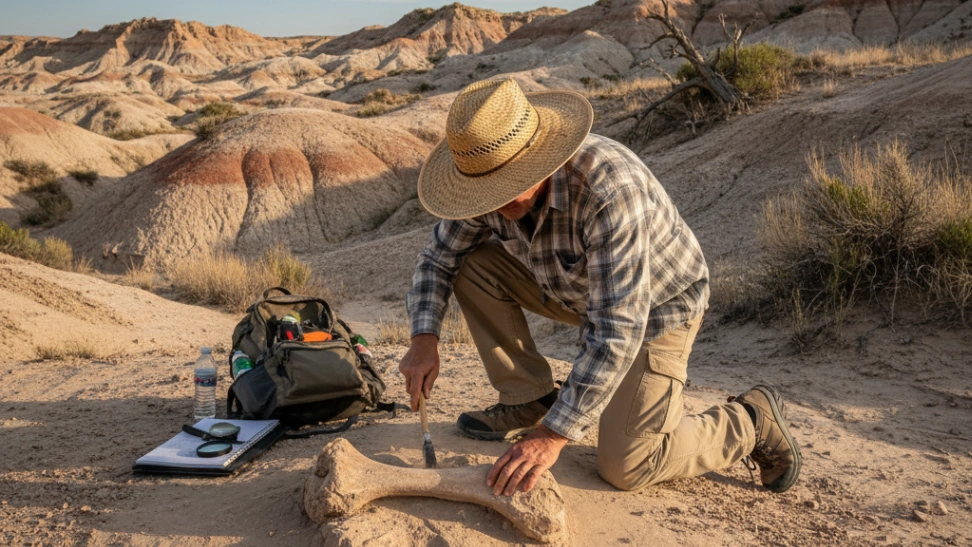The fungal kingdom is staggeringly diverse, occupying a biological niche distinct from plants and animals. Fungi are heterotrophs, meaning they absorb nutrients from their environment, often by secreting digestive enzymes onto their food source. Their life cycles can be incredibly complex, often involving both sexual and asexual reproduction, producing spores that are carried by wind, water, or animals. Ecologically, fungi are indispensable as decomposers, breaking down organic matter and recycling vital nutrients back into the soil, forming the foundation of many food webs. Mycorrhizal fungi, for example, form symbiotic relationships with the roots of over 90% of plant species, exchanging nutrients like phosphorus and nitrogen for carbohydrates produced by the plants. Without fungi, terrestrial ecosystems as we know them would collapse, buried under undecayed organic matter.
For many mycology enthusiasts, the allure begins with foraging – the exciting hunt for wild mushrooms in their natural habitats. This practice requires acute observation, patience, and a growing understanding of forest ecology, tree associations, and seasonal patterns. Crucially, mushroom identification is a skill honed over time and practice, demanding meticulous attention to detail. Key features like cap shape, gill attachment, spore color (obtained via a spore print), stem characteristics, and even smell are vital clues. Safety is paramount: beginners are strongly advised to start with clearly identifiable, well-known edible species and always consult multiple reliable sources, ideally cross-referencing with experienced mycologists or local field guides. Joining a local mycological society is an excellent way to learn from seasoned experts and participate in organized forays, reducing the risk of misidentification, which can have serious or even fatal consequences if a toxic mushroom is consumed.
Beyond foraging, mushroom cultivation offers another deeply rewarding avenue for mycologists. This practice ranges from simple, ready-to-grow kits that allow beginners to harvest their first oyster or shiitake mushrooms, to more advanced techniques involving sterile laboratory conditions, agar plates, grain spawn, and various substrates like sawdust or straw. Cultivation allows enthusiasts to grow gourmet or medicinal mushrooms year-round, regardless of local foraging seasons, and provides a deeper insight into the fungal life cycle and environmental requirements. It combines scientific principles with hands-on agricultural techniques, blending microbiology with practical gardening skills. Many cultivators explore different species, optimizing environmental factors like humidity, temperature, and fresh air exchange to achieve successful yields, transforming sterile containers into miniature fungal farms.
The human connection to fungi stretches back millennia, long before the formal science of mycology emerged. Archaeological evidence suggests early humans used mushrooms for food, medicine, and spiritual practices. Ancient Egyptian hieroglyphs depict mushrooms, and their use in traditional Chinese medicine dates back thousands of years. The formal study of mycology began to solidify during the Renaissance, driven by naturalists like Pier Antonio Micheli, who is often considered the "father of mycology" for his systematic work in the early 18th century, including detailed illustrations and descriptions of fungal structures and reproduction. However, it was not until the invention of the microscope that the true diversity and microscopic world of fungi could be fully appreciated, revealing their spore-producing structures and intricate cellular forms. In the 19th and 20th centuries, breakthroughs in microbiology and biochemistry further illuminated the critical roles fungi play, from penicillin's discovery by Alexander Fleming to their industrial applications in fermentation and bioremediation, leading to a surge of interest that continues to grow among both amateur and professional mycologists today. Modern mycology integrates field observation with molecular biology, continually revealing new species and expanding our understanding of this fascinating kingdom.



